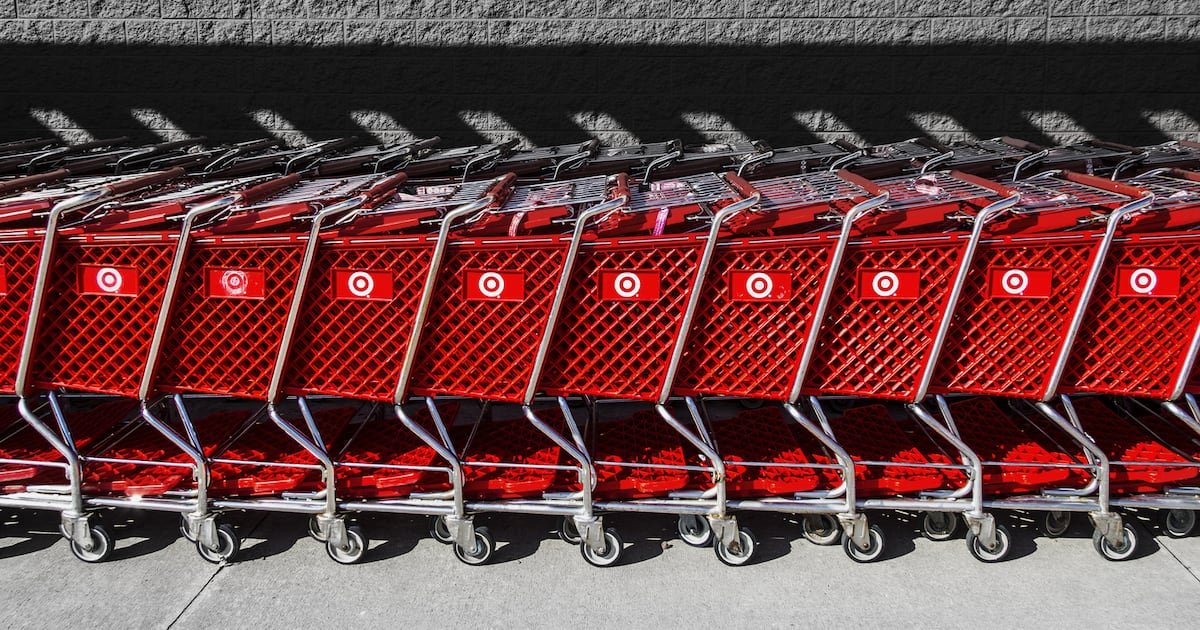
Estée Lauder Companies’ new leader began with a mea culpa.
“We lost our agility. We did not capitalise on the higher growth opportunities [that appeared] quickly enough … nor fuel new consumer acquisition aggressively enough,” Stéphane de La Faverie, the company’s newly appointed chief executive, said of Estée Lauder Companies’ recent performance during his first earnings call on Tuesday. Sales slid 6 percent in its second quarter, with a further 10 to 12 percent slide now forecast for the following quarter.
“Simply put … we did not deliver sufficient levels of on-trend innovation in time,” said de La Faverie. Its stock slid 18 percent following the earnings.
Understandably, De La Faverie wanted to spend more time talking about the business’ plans for its future, sharing a sense of urgency for reform. Underpinning that appetite for change was a raft of new and extended measures to help rebuild sales and profitability. Previously announced job cuts have been increased in scope, with up to 7,000 jobs expected to be cut by the end of its 2026 fiscal year in June, up from the roughly 3,000 it announced in February 2024, partly due to the potential impact of any global tariffs. An executive reorganisation also announced on Tuesday created newer and more accountable roles created to head up the company’s portfolio of more than 20 brands.
The company can both create and deploy plans around internal restructuring, changes to its procurement strategy and overall fat-trimming with relative ease. But fixing its core issues, and rebuilding desire and demand for its key brands — which include its namesake line, Clinique, La Mer, MAC Cosmetics — in its top markets, the US and China, will be more difficult.
It also needs to be able to buy brands in order to grow, Oliver Chen, an analyst at investment bank TD Cowen, said in a research note. Like most modern beauty conglomerates, Estée Lauder Companies was built by buying brands and adding licenses, and no amount of refreshing its legacy brands can really become a meaningful counterweight against the constant onslaught of newness. It also faces continued pressure, both from emerging indies and a slight softening of the US prestige beauty markets.
While De La Faverie demurred on specific brand divestments, saying that each year brings a full portfolio review, he and chief executive Akhil Shrivastava all but ruled out M&A in the near-term, saying their focus was on its existing portfolio.
That seems like an increasingly tall order when losses continue to decline each quarter, but de La Faverie is intent on fresh thinking.
Innovate, Innovate, Innovate
The company’s new plan, unveiled on Tuesday, is called “beauty reimagined.” Within it, De La Faverie said the company will triple its innovation output throughout the year, meaning more new products for its brands at a quicker pace. De La Faverie said innovation had become a key drag on the company’s revenues.
“[Estée Lauder Companies’s lack of speed] happened as prestige beauty became nimbler,” he said, adding that the entry of so many new indie brands and “faster-moving” consumers had created downward pressure. Increasing the pace of innovation, and adding new initiatives like a dedicated fragrance lab in Paris slated to open later this year, as well as increasing clinical credentials for its skincare brands are valuable and tangible.
But closing the gap will be hard: more than half of Estée Lauder Companies’ sales come from skincare, which declined 12 percent in the second quarter and largely correlates to its exposure to the Chinese market. Cosmetics, a top category in the US, saw a collective decline, with slowing sales from the Smashbox, Too Faced, MAC Cosmetics brands offsetting better growth from Clinique and the launch of its prestige brands onto Amazon.
De La Faverie said the plan would also see its business expand its presence in what he called “consumer-preferred, high-growth channels,” like e-commerce, specialty retail, European pharmacies and travel retail in the Western countries. But in all those channels — especially Sephora and Ulta Beauty — its brands will be jostling for share of wallet with some of those more agile indie brands, as well as buzzy brands with celebrity founders like Hailey Bieber’s Rhode and Selena Gomez’s Rare Beauty.
Notably, the “beauty reimagined” plan does not include a sales target.
Pick The Right Horse
While the company all but ruled out near-term acquisitions, it acknowledged the need to deploy capital to fire up excitement. Impairment charges from the poorer performance of brands including Tom Ford and Too Faced totalled $861 million, indicating slippage in some of the company’s previously hot properties. Still, de La Faverie and Shrivastava said the company would continue to spend on acquiring new customers, even as it looks to cut back in other areas.
Shrivastava said that meant spending on advertising, optimising market programmes and cutting back unproductive marketing channels, but also pushing more into Amazon and TikTok Shop. The company also plans to open more free-standing fragrance stores — a notoriously complex and margin dilutive move, but one that could pay off given the enduring popularity of the category, and some of its fragrance properties like Le Labo. Cutting the intensity of promotions is also a focus, as the company looks to reestablish its premium standing.
The company also seems open to expanding its definition of prestige. With the exception of the mass skincare label The Ordinary, Lauder is a prestige pure player. Historically, that gave it a competitive edge when department stores were top of the beauty retail food chain, but now, it’s lost the ability to speak to lower-income consumers, who are more likely to buy from mass brands like L’Oréal Paris, E.l.f Beauty, Cerave and Kiko Milano. “La Mer can play in the price tier where they are … but [we] have multiple brands that have the right to play at different price points of prestige and luxury,” said de La Faverie, adding that any shifts would be “led by the consumer.”
As the strategy is deployed, speed will certainly be important, but so will accuracy. De La Faverie was adamant that the new team structure is up to the job.
“We empower faster decision making … we [can excel] at brand desirability, consumer experience, innovation, quality and end to end execution.
Sign up to The Business of Beauty newsletter, your complimentary, must-read source for the day’s most important beauty and wellness news and analysis.



